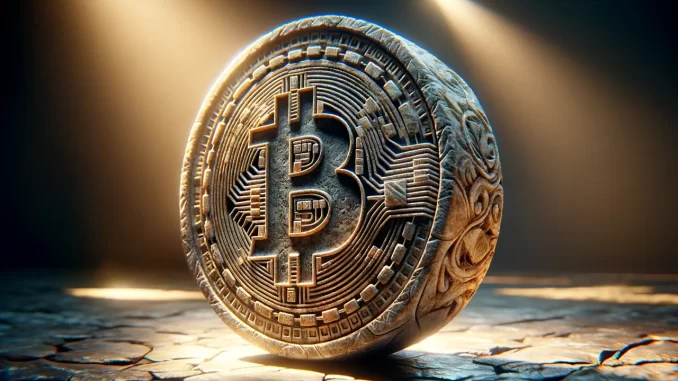
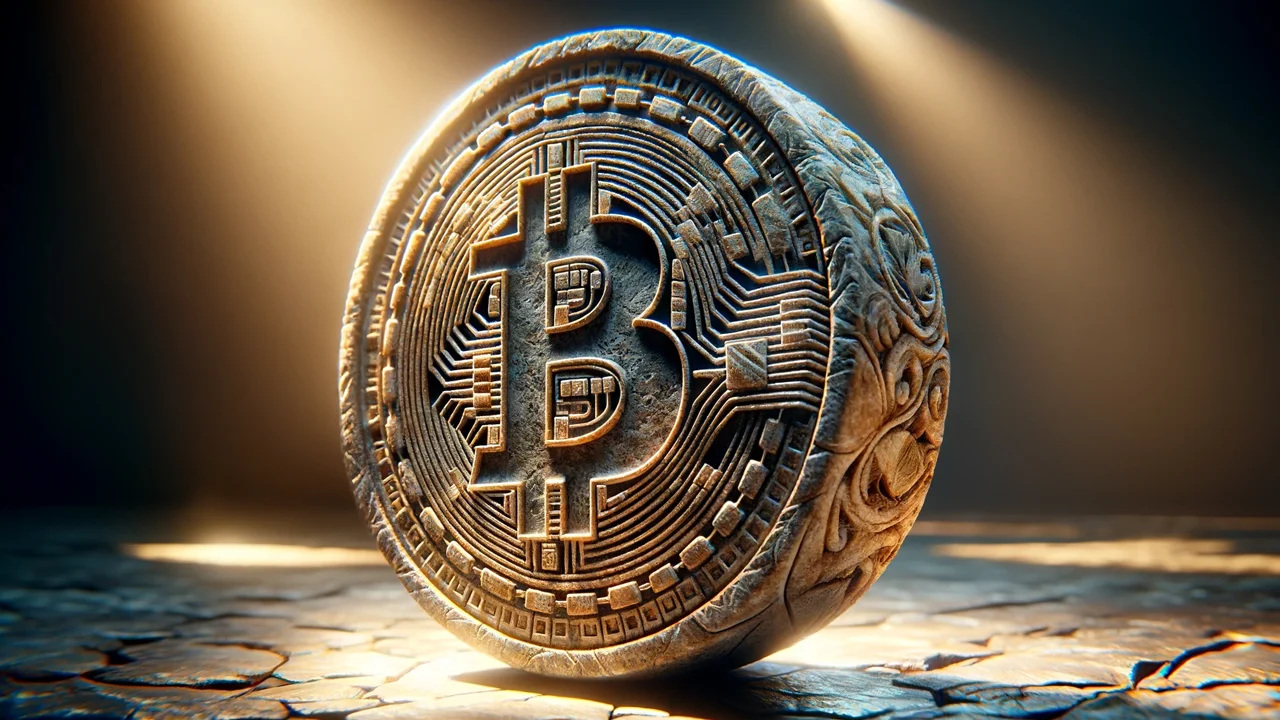

We are shedding light on the best crypto coins in 2024 to invest for long term so this list is a much more recent best crypto coins in May 2024.
To put it simply, crypto tokens are digital assets with a cryptographic foundation. Their worth is based on the specific problems that each token or initiative aims to address. These currencies are used in conjunction with a blockchain, which is a public, distributed ledger of all transactions. Importantly, once recorded on a blockchain, data or transactions cannot be erased or altered.
The cryptocurrency industry currently presents a wide range of opportunities. Countless platforms and experiences are at your fingertips, ranging from simple purchases to NFT engagement, sports platforms, and gaming applications.
These Are The Best Coins To Invest In 2024 Right Now:
1. BTC


Bitcoin launched the crypto frenzy and is the oldest and most popular crypto token. Since its 2009 founding, it has grown to unprecedented heights and garnered investor, media, and commercial interest. The network is a currency alternative safeguarded by proof-of-work consensus. The blockchain stores all transactions, and miners can receive incentives for confirming blocks.
Most famous token, which drives project funding.
Comparatively stable to newer crypto coins.
BTC uses proof of work, which uses a lot of electricity and takes a long time to complete transactions. As a barometer of the crypto market, BTC rarely deviates from market trends.
2. The Ethereum
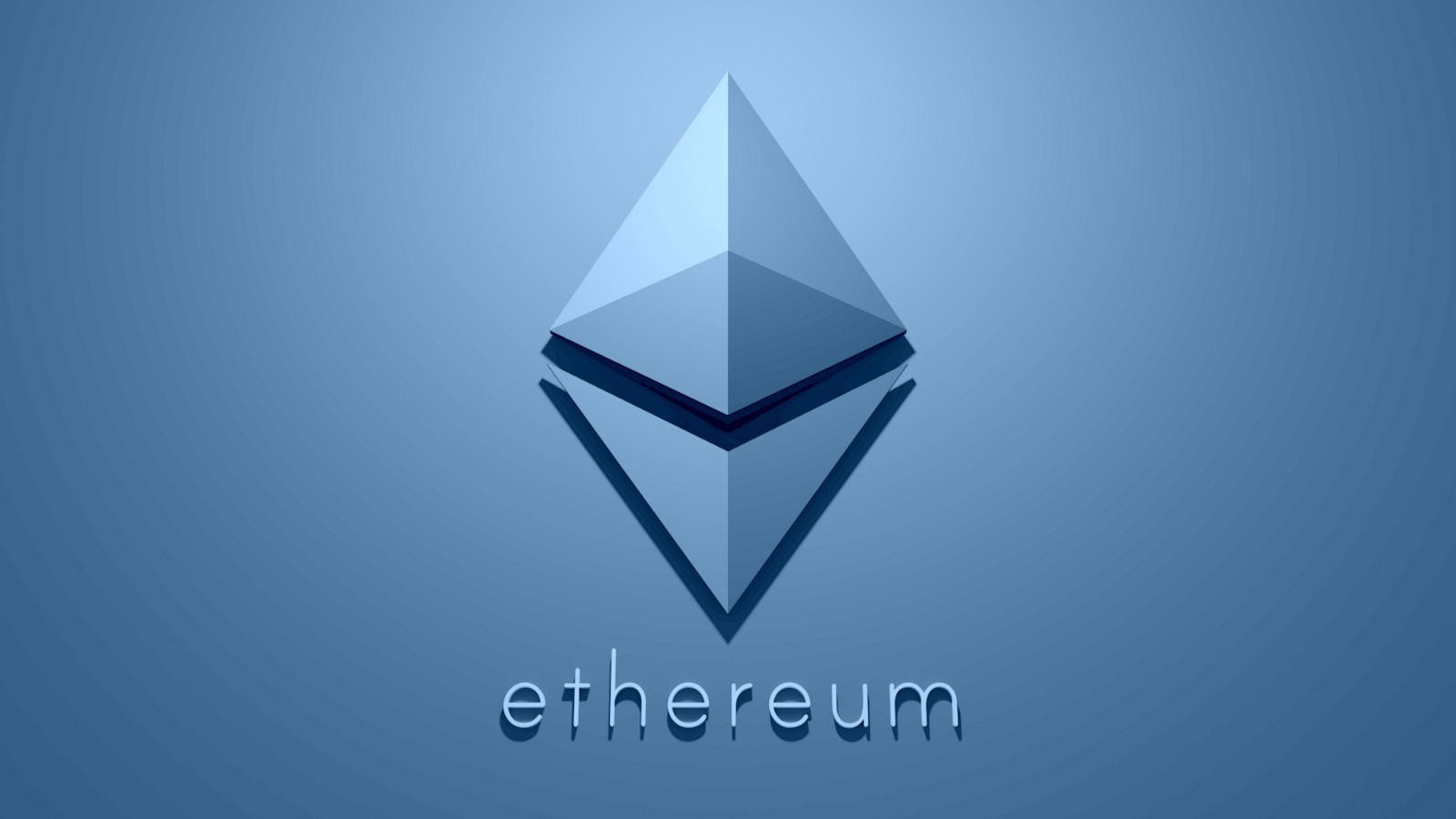

Ethereum is a crypto market leader after Bitcoin. It was the first to integrate smart contract technology, which lets developers automate and implement many common features. Ethereum is the premier blockchain for decentralized applications and money.
The biggest DeFi/dApp player. This gives it market dominance and forces competitors to provide bigger switching incentives.
Ethereum’s Proof of Stake consensus makes it efficient. Future updates increase TPS and strengthen security procedures.
Ethereum transactions can stall due to high network demand. Scaling solutions are needed to handle network traffic.
Transaction charges for Ethereum can also rise. In some circumstances, fees exceed transaction value.
3. BNB Coin
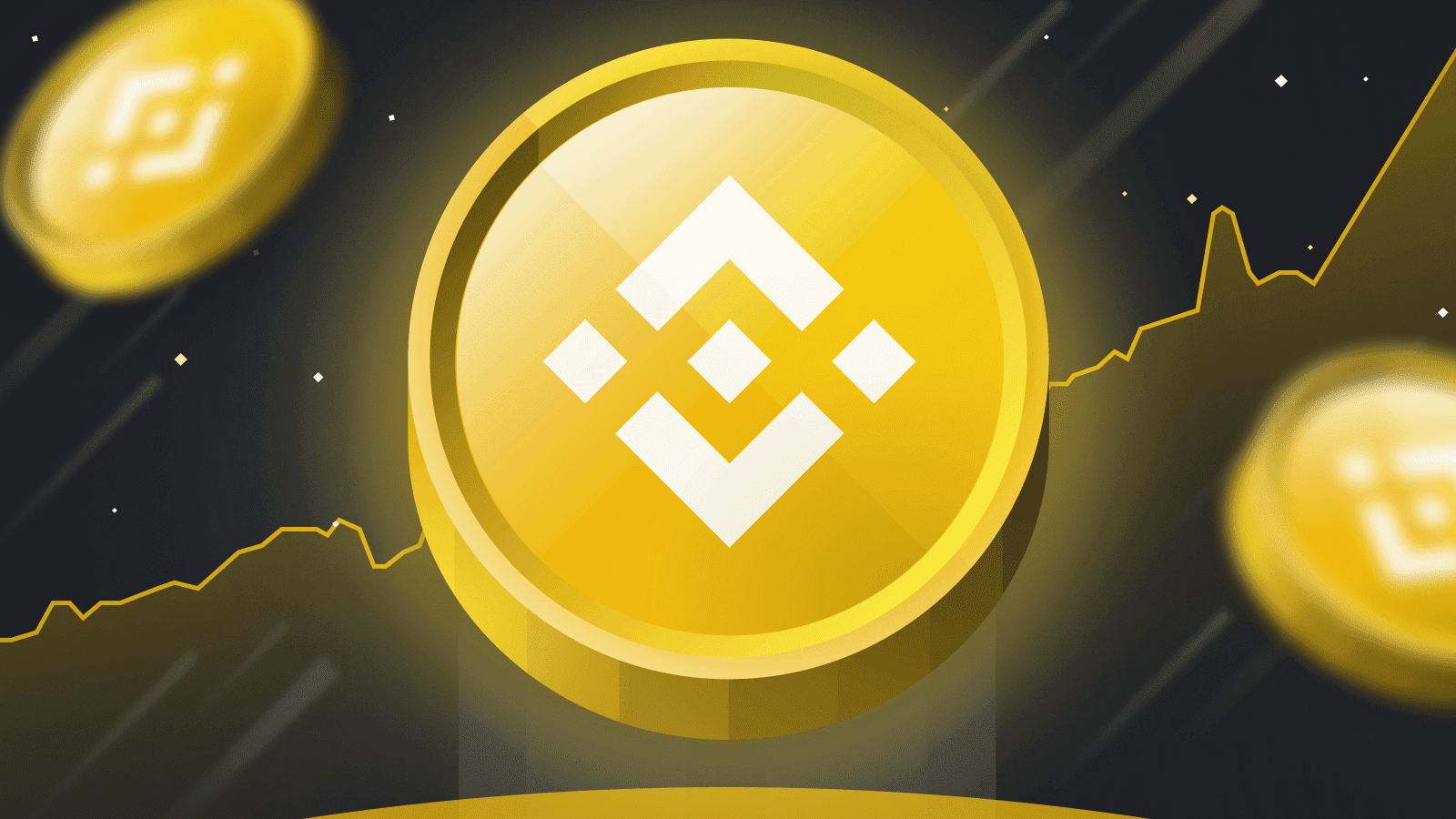

Since 2017, BNB has grown from a token to an ecosystem. Binance crypto exchange users initially received cheaper fees, unique access to initial coin offerings, and cashback using BNB.
Today, it powers the BNB Chain ecosystem, which competes with Ethereum with speed and low cost. It’s a market contender.
It can meet more demand than competitors because to its low prices and high throughput.
BNB holders benefit on Binance.
Binance controls and manages BNB, making it very centralized. This limits communal freedom.
BNB’s success depends on Binance, which UK, Japan, and German regulators have targeted.
4. Solana
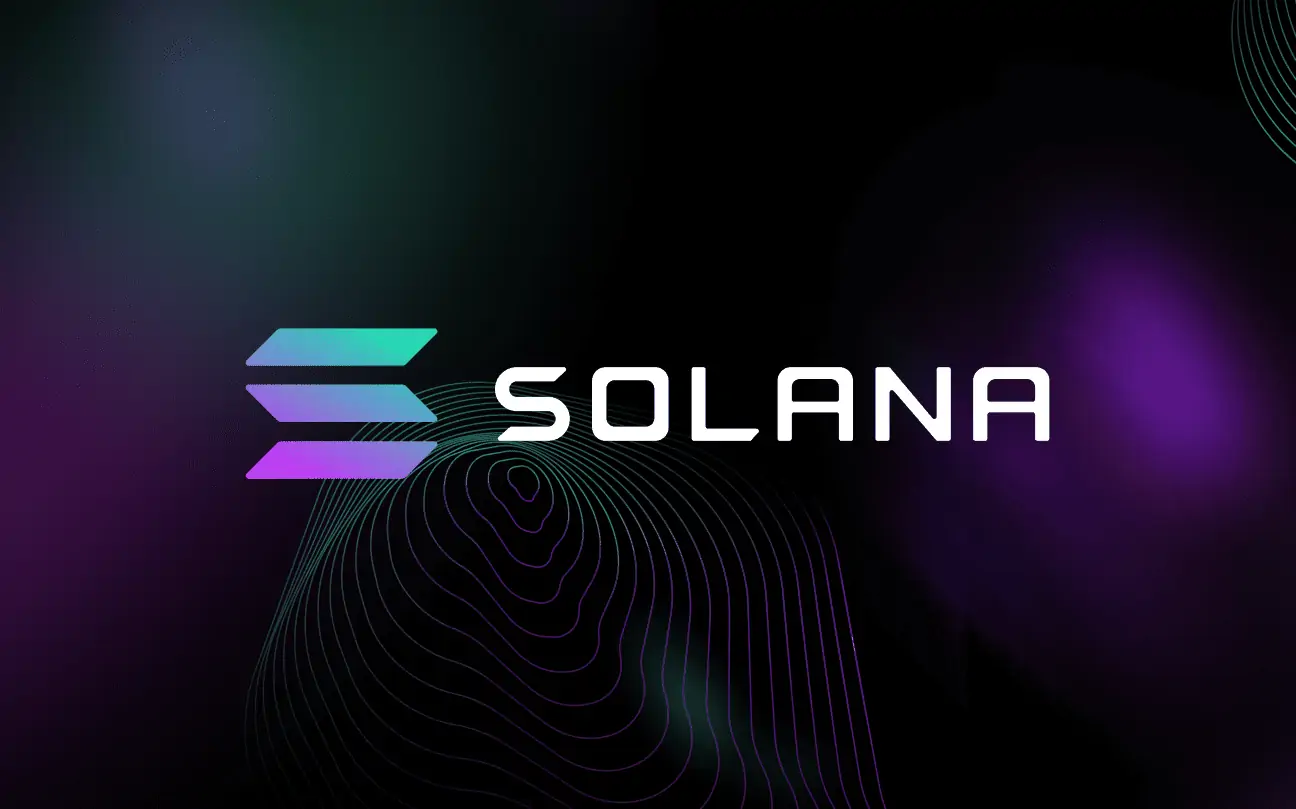

Solana is a decentralized blockchain platform prioritising scalability. One of the quickest blockchains, it processes over 65,000 transactions per second. The unique Proof of History consensus mechanism synchronises network time for nodes.
One of the fastest-growing DeFi initiatives, Solana is termed a “Ethereum-killer”.
Investors like Solana because it’s one of the fastest blockchains.
Transaction costs average $0.00025 on the platform.
Due to its incompatibility with Ethereum, Solana’s smart contracts are network-specific.
Recent network disruptions have made Solana unreliable.
5. XRP Ripple
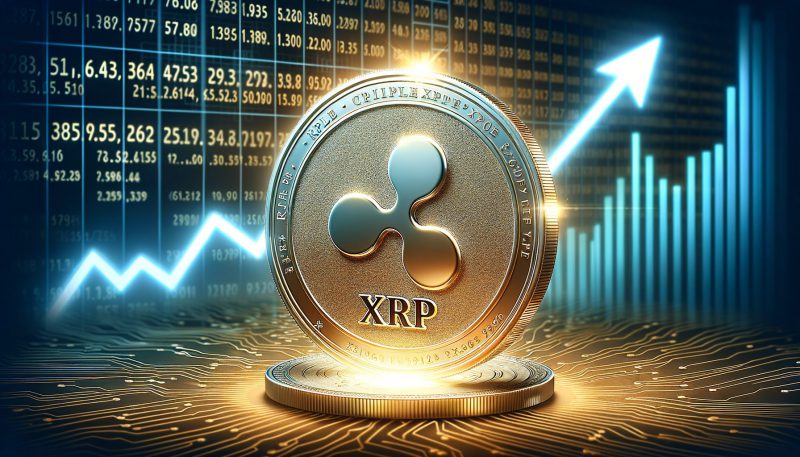

XRP focuses on bank and financial institution payment solutions, unlike other tokens. It addresses issues with SWIFT and other international settlement systems. XRP allows transfers to be finalized in seconds, not hours or days. Through efficient blockchain technology, Ripple has made traditional finance more accessible.
Faster than SWIFT.
Lower banking and international settlement restrictions to increase utilization.
A federated group of financial institutions confirms all transactions, centralizing the network.
Ripple Labs is fighting the SEC.
6. Dogecoin
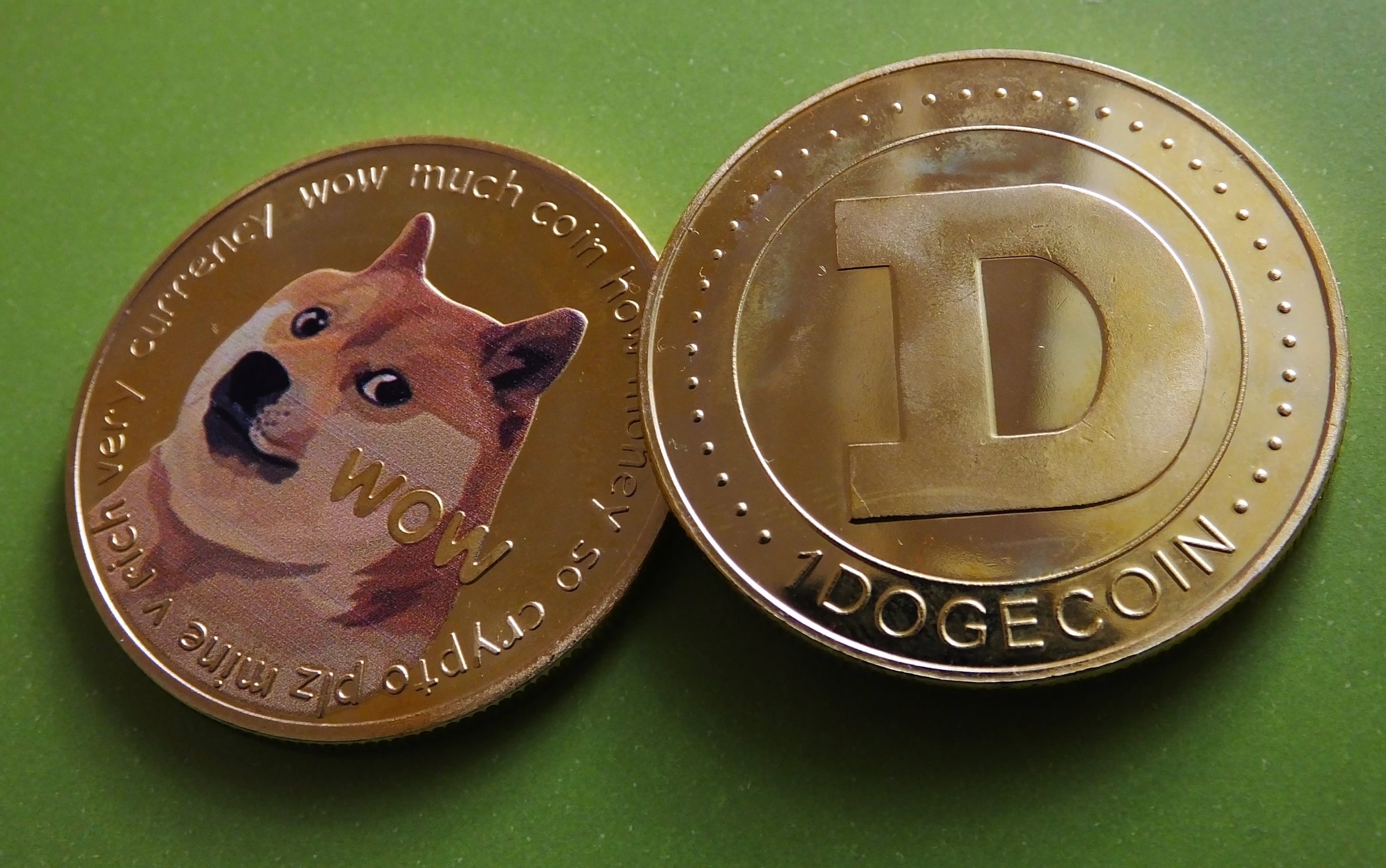

Dogecoin is a popular investment token. It started as a Bitcoin joke but became an internet sensation with a devoted fanbase. Its “Doge” meme origins make it unique.
The idea has crypto community and celebrity endorsements from Elon Musk and Vitalik Buterin. Dogecoin is a memecoin with no intrinsic value other than a strong community. Before investing in Memecoins, investors should do their research.
Memecoin’s unique value proposition that has sustained its market power.
Community effort for token success.
Value is meme-based, not practical.
The DOGE token is inflated because there is no supply cap.
7. Polka-DOT


Polkadot, a Layer-0 protocol, connects and secures many blockchains for interoperability. This transfers coins, smart contracts, and other digital assets.
This protocol links private and public blockchains, oracle services, and other networks. It allows information sharing across several networks and protocols.
Polkadot’s main selling point is interoperability. It lets many blockchains share data and assets.
Polkadot is a popular developer platform.
Cardano and Cosmos compete with Polkadot for market share.
Independent blockchain slots are auctioned, making them hard to get without significant financing.
8. SHIBA INU (SHIB)
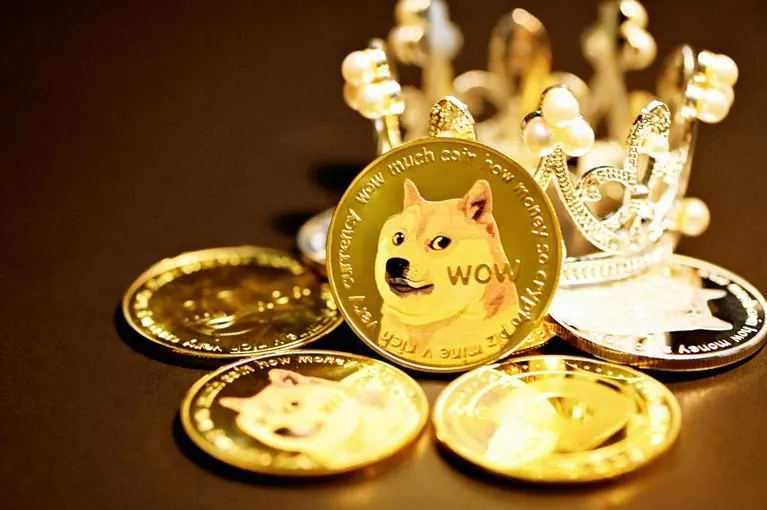

Doge inspired Shiba, another viral token with a dog face mascot.
Useful Meme Crypto Brand: Like Dogecoin, Shiba Inu uses meme-friendly branding to stand out in the cryptocurrency market and garner social media popularity.
Shibaswap: Shiba Inu developers created Shibaswap to boost community involvement and brand promotion.
Robinhood trade: Shiba Inu’s participation on Robinhood could enhance trade volume and accessibility.
Investors risk huge losses due to Shiba Inu’s fast price changes and average holding time of 13 days.
Lack of Real-World Utility: Shiba Inu is accepted by only a few dozen sellers worldwide and lacks unique features to stand out in the bitcoin market.
9. Cardano (ADA)


Cardano is an open-source decentralized blockchain technology for peer-to-peer transactions. Its organized architecture supports smart contracts for adaptation, scalability, and security.
Cardano’s Proof-of-Stake (PoS) algorithm uses less energy than Ethereum’s PoW system, lowering transaction costs and environmental effect.
Scalability: Cardano’s DApp and smart contract platform can handle several transactions per second. Haskell’s safety features help Cardano secure complicated smart contracts and DApps, improving platform security.
Cardano is still new and has fewer DApps and smart contracts than Ethereum, despite its benefits.
Centralization concerns: Critics say Cardano may not be fully decentralized, creating worries regarding token distribution and governance.
10. (AVAX)
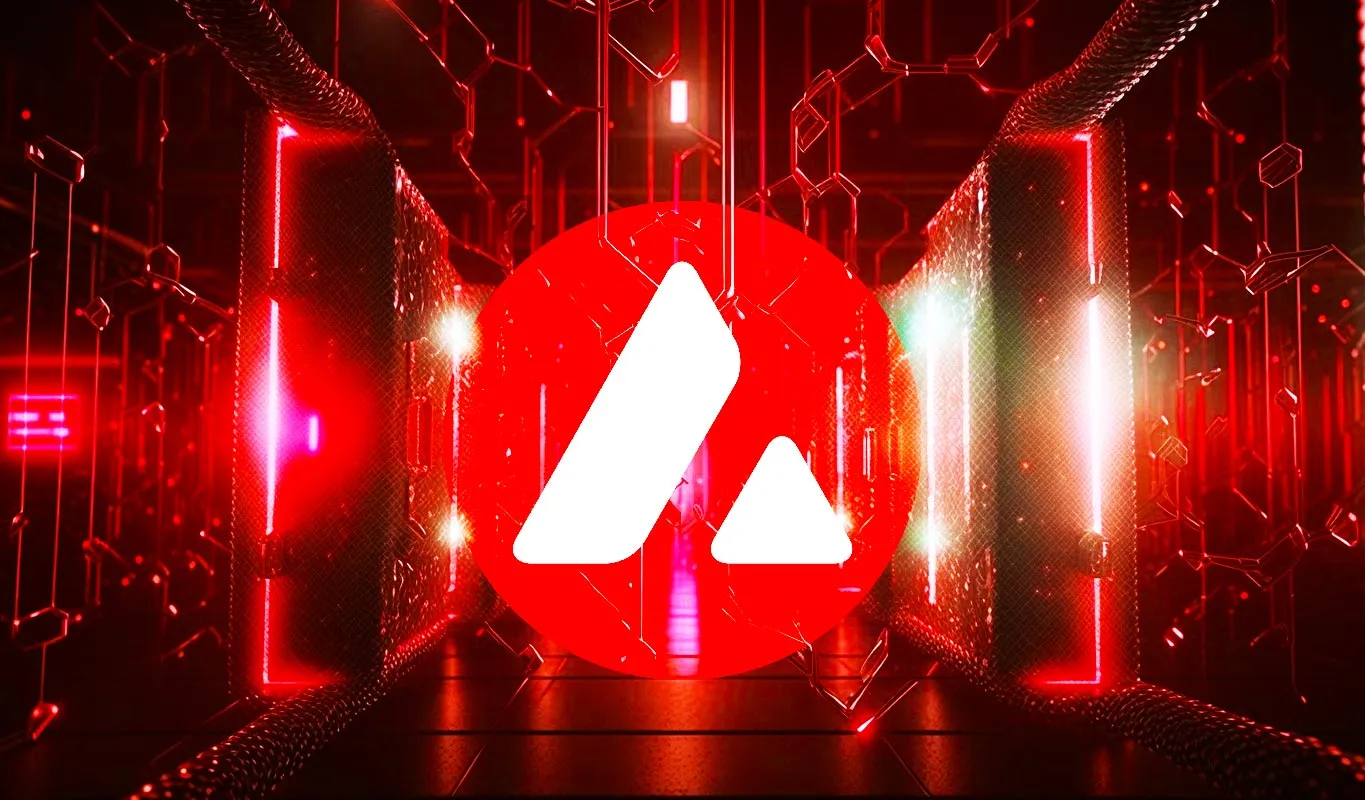

Avalanche (AVAX) conducts thousands of trustless, decentralized transactions per second for payments, staking, and network security.
AVAX can process thousands of transactions per second trustlessly and decentralized.
Active Participation: AVAX’s reward scheme encourages users to participate and contribute to the ecosystem.
Versatile Blockchain Support: AVAX empowers developers to create numerous blockchain apps and projects in the Avalanche ecosystem.
AVAX may struggle to achieve market share and adoption due to Ethereum’s strong competition.
The Avalanche network requires validators to stake 2,000 AVAX tokens, which may deter certain participants from validating.
Malicious or inattentive validators in Avalanche are not punished by losing their AVAX tokens, which could compromise network security.